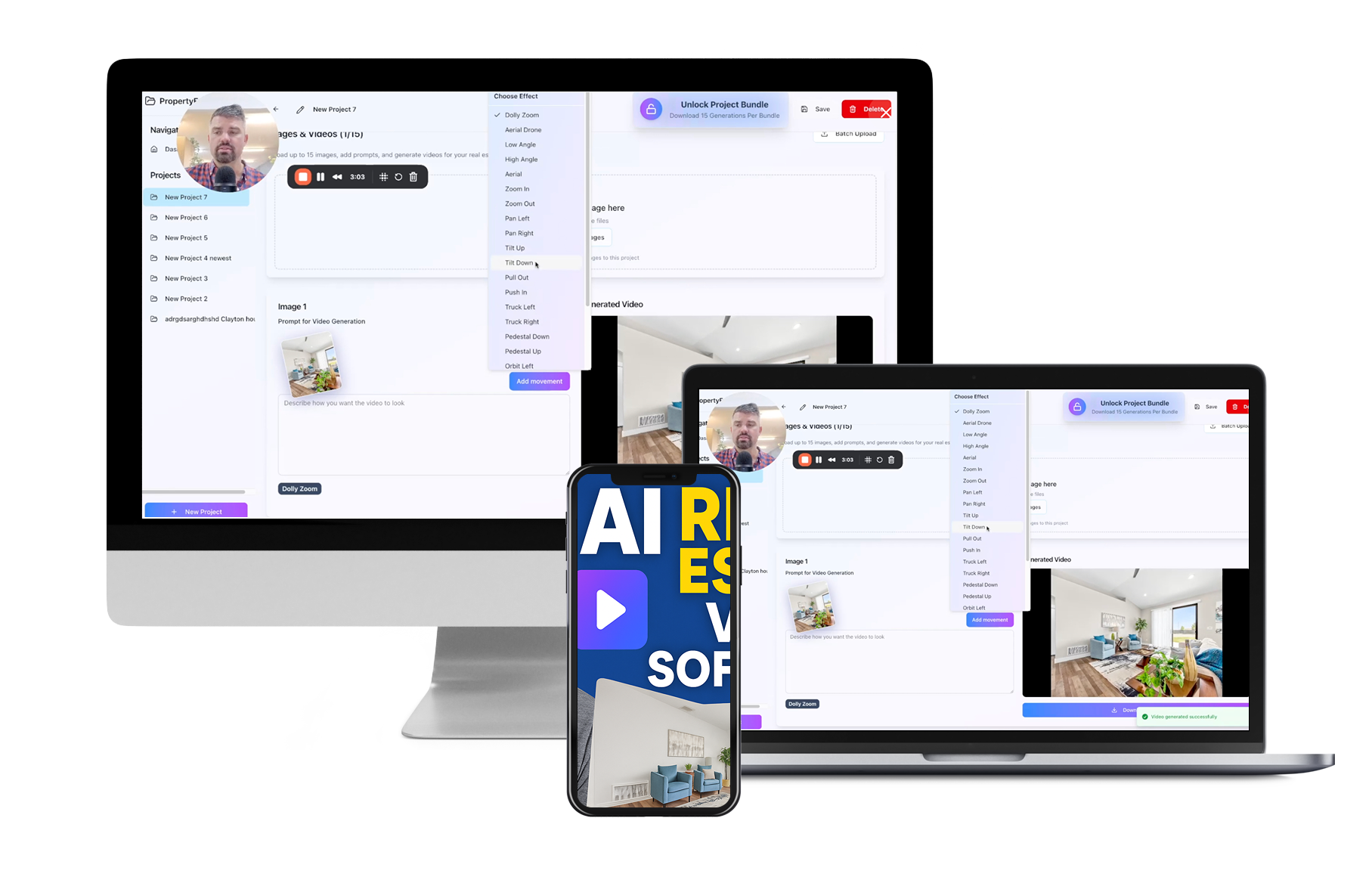
AI and the Environment: How Technology is Transforming Sustainable Housing
The intersection of AI and the Environment: How Technology is Transforming Sustainable Housing is a topic of great importance in today’s world. With climate change pressing and urban areas expanding rapidly, addressing environmental sustainability through technological advancements has never been more crucial. In this article, we delve into how artificial intelligence (AI) is revolutionizing the way we design, build, and maintain sustainable housing, highlighting the substantial benefits and practical applications.
Understanding AI and the Environment: How Technology is Transforming Sustainable Housing
The Role of AI in Environmental Sustainability
AI has emerged as a game-changer in enhancing environmental sustainability. By leveraging AI technologies, the housing sector can optimize energy use, reduce waste, and improve water management. Smart homes equipped with AI systems analyze data to enhance energy efficiency dynamically. This reduces greenhouse gas emissions and lowers energy costs for homeowners.
Smart Homes: The Future of Eco-Friendly Living
AI-powered smart homes are becoming more prevalent as they provide solutions to environmental challenges. These homes use AI to manage resources effectively, from automated lighting and temperature control to water conservation technologies. For instance:
- Energy Efficiency: AI systems learn and adapt to a household's routines to optimize electricity usage.
- Waste Reduction: Home AI systems offer waste management solutions by segregating recyclables and compostables.
- Water Conservation: AI controls irrigation systems based on weather forecasts and soil moisture, reducing water consumption.
Advantages of AI in Sustainable Housing
AI and the Environment: How Technology is Transforming Sustainable Housing for Energy Conservation
According to the International Energy Agency, buildings account for nearly 40% of global energy consumption. Incorporating AI into housing can dramatically reduce this impact. Here’s how:
- Predictive Maintenance: AI technologies predict when equipment needs maintenance, preventing energy waste due to failing appliances.
- Optimized Energy Usage: Intelligent systems adjust appliances and heating in real time for maximum efficiency.
- Integration with Renewable Energy: AI helps integrate solar panels and wind turbines more efficiently into housing systems.
AI-Driven Design for Eco-Friendly Architecture
Architects use AI tools to design homes that are not only aesthetically pleasing but also reduce ecological footprints. AI facilitates:
- Material Optimization: AI algorithms select sustainable materials that minimize environmental impact.
- Structural Efficiency: By analyzing thousands of structural layouts, AI suggests designs that use fewer materials and less energy.
Challenges and Solutions in Implementing AI in Sustainable Housing
Overcoming Technological Barriers
While the benefits of AI in sustainable housing are immense, there are hurdles to overcome:
- Data Privacy: Ensuring the privacy of data collected by AI systems in homes is crucial.
- Cost: While AI technology can be expensive, the long-term savings in energy and maintenance offset initial costs.
- Integration: Existing homes may face challenges in retrofitting AI solutions.
Solutions for a Sustainable Future
To tackle these obstacles, stakeholders must collaborate:
- Government Incentives: Policies that encourage the adoption of AI in housing through tax breaks or grants create a conducive environment for innovation.
- Public Awareness: Educating the public on the benefits of AI in sustainability encourages acceptance and demand.
- Research and Development: Continued investment in R&D for more affordable AI solutions is essential.
Real-World Examples of AI in Sustainable Housing
Case Studies
Several projects around the globe exemplify the successful integration of AI into sustainable housing:
- The Edge in Amsterdam: This building uses AI to manage energy efficiently, achieving a zero-energy footprint.
- Songdo, South Korea: A smart city that utilizes AI across public and private constructions for energy management and waste reduction.
Future Trends in AI and Sustainable Housing
AI and the Environment: How Technology is Transforming Sustainable Housing in the Coming Decades
As AI technology advances, we can anticipate further innovations, including:
- Enhanced Machine Learning: AI systems will become even better at predicting energy usage patterns for smarter adaptations.
- 5G and IoT Integration: Faster data transfer through 5G will allow seamless integration of IoT devices in AI ecosystems.
- Automated LEED Certifications: AI will simplify the process of obtaining sustainability certifications, making it easier for more buildings to comply.
Conclusion
Incorporating AI into sustainable housing is not merely a possibility; it is a necessity for a sustainable future. By embracing AI and the Environment: How Technology is Transforming Sustainable Housing, we can pave the way toward eco-friendly living spaces that conserve resources, lower emissions, and reduce costs. It is time for homeowners, builders, and policymakers to invest in AI to unlock its full potential in driving environmental sustainability.
Take Action Today: Explore how AI technologies can be integrated into your home for a more sustainable future.
Internal Links
- Read more about Smart Technologies for Sustainable Living.
- Learn how AI enhances renewables in this article.



